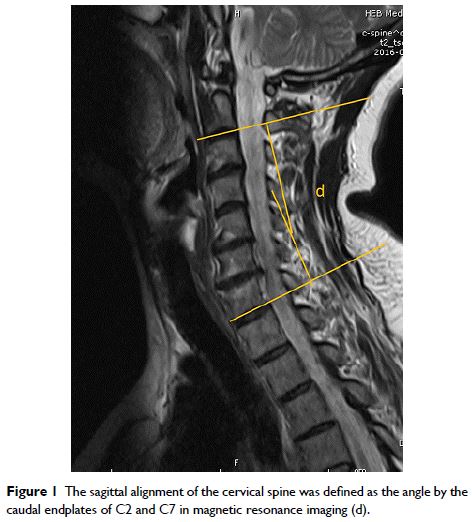100205
论文已发表
注册即可获取德孚的最新动态
IF 收录期刊
- 3.3 Breast Cancer (Dove Med Press)
- 3.4 Clin Epidemiol
- 2.5 Cancer Manag Res
- 2.9 Infect Drug Resist
- 3.5 Clin Interv Aging
- 4.7 Drug Des Dev Ther
- 2.7 Int J Chronic Obstr
- 6.6 Int J Nanomed
- 2.5 Int J Women's Health
- 2.5 Neuropsych Dis Treat
- 2.7 OncoTargets Ther
- 2.0 Patient Prefer Adher
- 2.3 Ther Clin Risk Manag
- 2.5 J Pain Res
- 2.8 Diabet Metab Synd Ob
- 2.8 Psychol Res Behav Ma
- 3.0 Nat Sci Sleep
- 1.8 Pharmgenomics Pers Med
- 2.7 Risk Manag Healthc Policy
- 4.2 J Inflamm Res
- 2.1 Int J Gen Med
- 4.2 J Hepatocell Carcinoma
- 3.7 J Asthma Allergy
- 1.9 Clin Cosmet Investig Dermatol
- 2.7 J Multidiscip Healthc

颈椎的 Modic 改变: T1 斜坡及其对颈部疼痛的影响
Authors Li J, Qin S, Li Y, Shen Y
Received 25 June 2017
Accepted for publication 4 August 2017
Published 24 August 2017 Volume 2017:10 Pages 2041—2045
DOI https://doi.org/10.2147/JPR.S144814
Checked for plagiarism Yes
Review by Single-blind
Peer reviewers approved by Dr Lucy Goodman
Peer reviewer comments 2
Editor who approved publication: Dr E. Alfonso Romero-Sandoval
Background: The purpose of the research was to evaluate cervical sagittal parameters
on magnetic resonance imaging (MRI) in patients with Modic changes and its
impact on axial neck pain.
Methods: This study consisted of 266 consecutive asymptomatic or
symptomatic patients with Modic changes, whose average age was 50.9±12.6 years
from January 2015 to December 2016. Cervical sagittal parameters included
sagittal alignment of the cervical spine (SACS), T1 slope, thoracic inlet angle
(TIA), and neck tilt (NT). The Modic changes group was compared with an
asymptomatic control group of 338 age- and gender-matched adults.
Results: In the Modic changes group, T1 slope was significantly higher
(25.8º±6.3º) compared with that in the control group (22.5º±6.8º) (P =0.000). However, there was no
significant difference of the NT, TIA, and SACS between the two groups.
Patients in the Modic changes group were more likely to have experienced
historical axial neck pain compared with the control group (P =0.000). With regard to the disc
degeneration, it indicated that the disc in the Modic changes group had more
severe disc degeneration (P =0.032).
Conclusion: T1 slope in the Modic changes group was significantly higher compared to
that of the control group. The findings suggested that a higher T1 slope with
broken compensation of cervical sagittal mechanism may be associated with the
development of Modic changes in the cervical spine.
Keywords: Modic changes, T1 slope, axial neck pain, cervical spine
